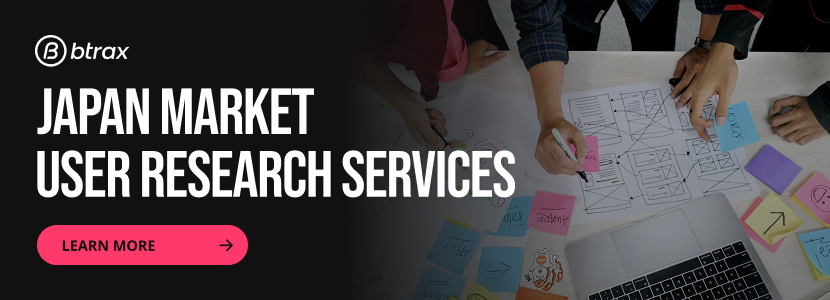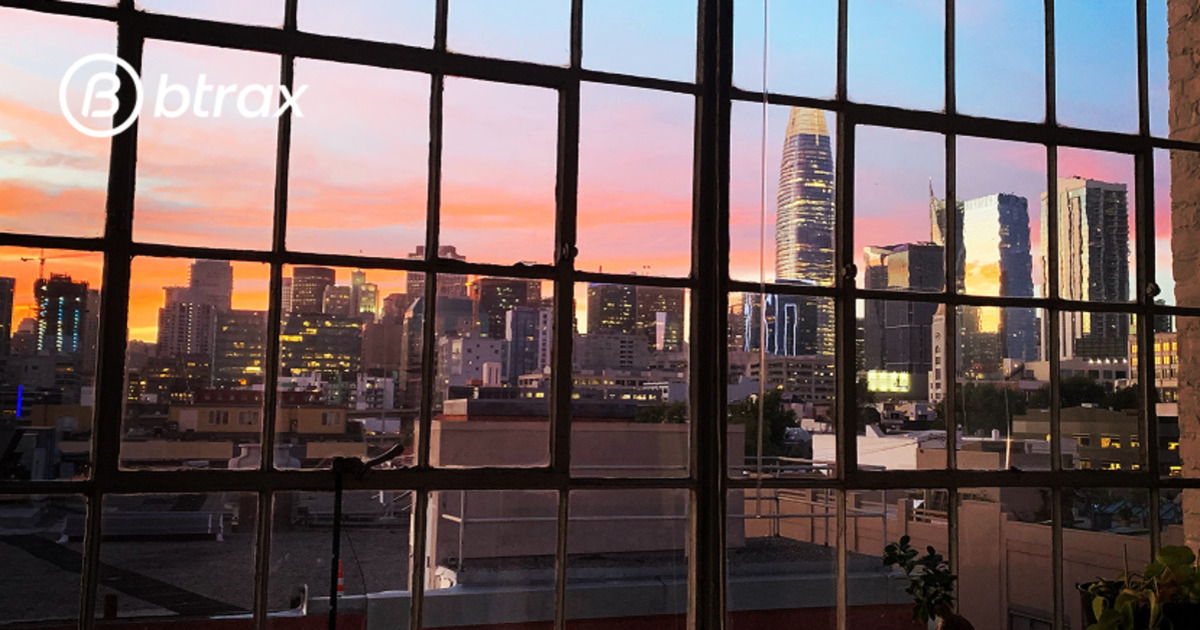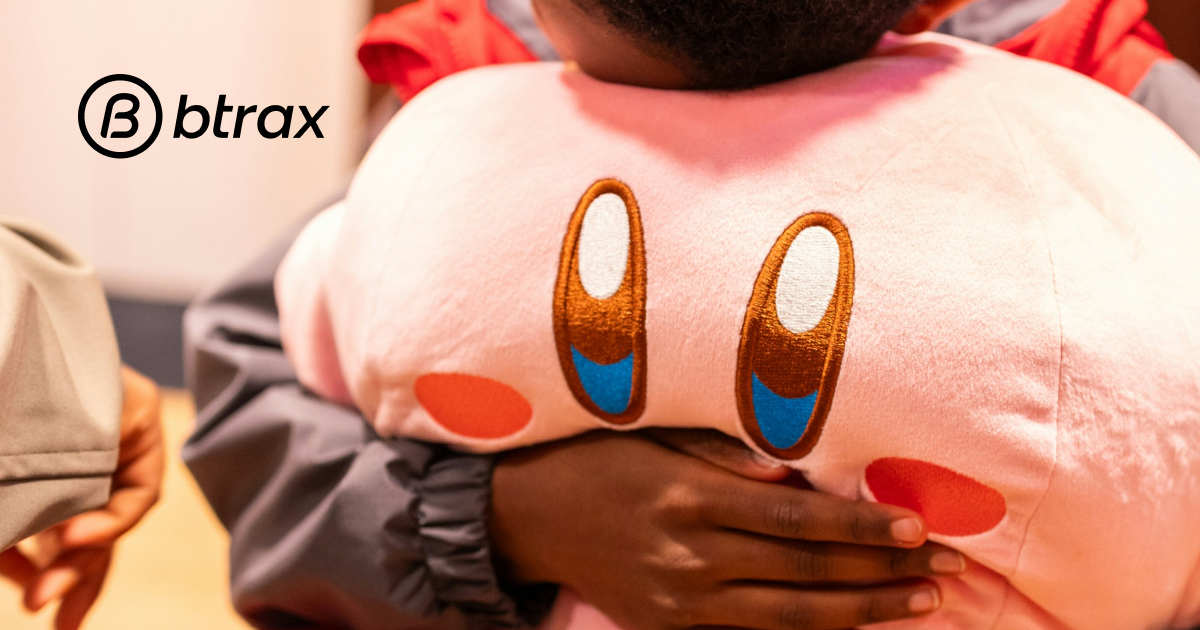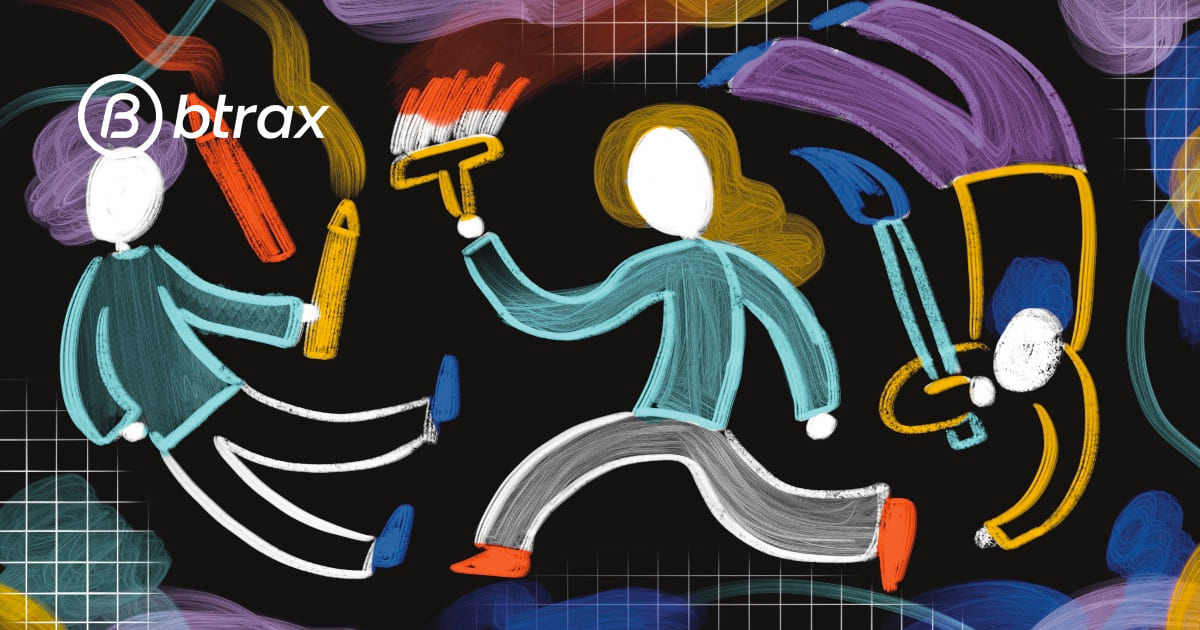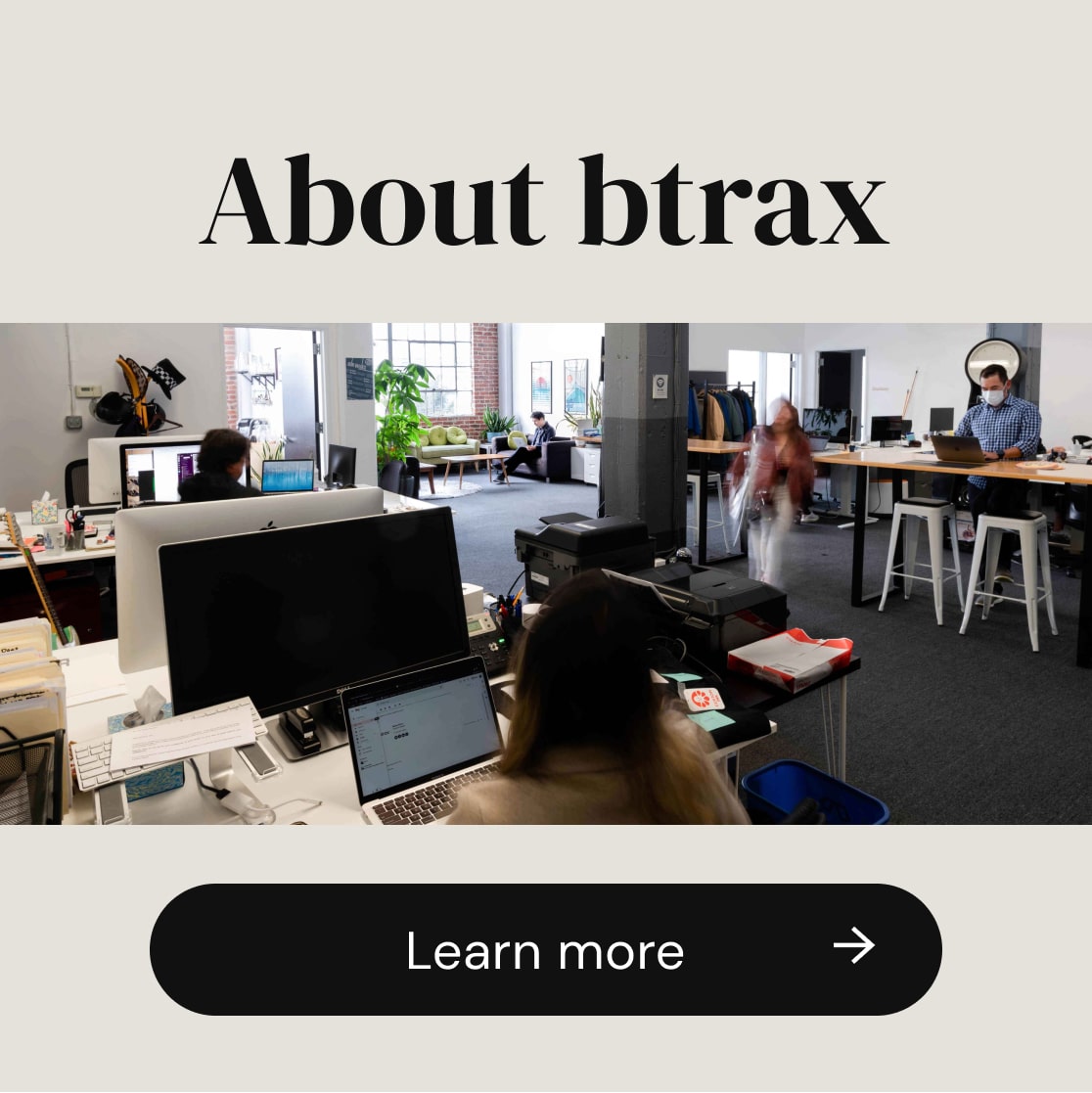
Btrax Design Company > Freshtrax > SF New Tech Eve...
SF New Tech Event Summary – Talkin’ about a “Social Data Revolution” Part 1
Last night, SF New Tech had a different kind of event which brought Myles & crew out of their “start-up” comfort zone to the delight of 300 people in the audience. Andreas Wiegend moderated a panel discussion about an interesting inflection point in our web world – the Social Data Revolution. This continues the Ogilvy discussion during Social Media Week of “Beyond the ‘like’ Button” and contemplates or questions what is the future of “social data” and its impact on all of us. In Part 1, we will summarize the panel’s discussion around how to design ways of interacting with people and how to construct metrics for using social data.
SF New Tech’s Panel consisted of
- Christian Wiklund, CEO, Skout – tool for connecting singles via mobile.
- Michael Sha, CEO, Wikinvest – Tracking aggregated investment data.
- Joe Stump, Co-Founder & CTO, SimpleGeo – Bridging digital and physical.
- Eric Ly, Founder & CEO, Presdo; Co-Founder, LinkedIn – Social data driving real world interactions.
- Lars Leckie, Partner, Hummer Winblad – Early stage venture firm.
Dr. Weigend introduced the night’s theme topic which how do we get people to share data. He commented “In the last year, sharing has become inexpensive…We now live in a sharing world…Sharing of data is free”.
He defined Social data in contrast to Big data(Hadoop, Big Table, etc.) with a couple of distinctions:
1. How to we get people to create and share? – “What impact does Social Data has on our lives and society? – dating, social e-commerce, how we think about our identity”
2. Social data vs. Social media – “Think of Social data is the back end Social Media is the front end…social media can be thought, is the enemy of social data”
How to Design Social “playgrounds” For People to Create Social Data?
AW: “A Social Playground is how to create a platform that people engage and play…Why do people share?”
LL: “Lithium Technologies found people that can help the brand for free, so why does this person show up for free, it turns out if you pay these people, they go away. What they found is people want status…”
EL: “helping other people to have fun. A very useful side effect to all of that which is the ability to help people…human instinct is to share, these new platforms enable us to share”
JS: “People do it for a couple of different reasons…helping people leads to greater acceptance in the communities that they care about…people are narcissistic by nature…we like to flaunt that we have fun…”
CW: “I think there is over-sharing, and there might be a backlash. What does it cost me to share?..(it) doesn’t cost me anything to share…so friction is low…I do see empathy is increasing and information travels at high rates…(I) have an extended brain of contents…so much noise of information…it is cool to be part of the social revolution”
MS: “What you share is what you are… sharing knowledge is expressing what we know, like Quora…not everything (in investing) people like to share…most people do not want to let people know what they are doing but with social data you like to know what others are doing…”
AW: “Simple A-B-C, A is attention, people do things to get attention; B is Belonging, in this fragmented world is where we exist, C-two-way Communication…the equations of the business is the model of the cost of interaction-part of the new business model…A-Advertisement B-Branding C-One-way communication is the old school”
How to Construct Metrics from Rich Social Data that Really Capture?
AW: “What is the businesses so much faster in making their decisions? Months have now shrunk to days with the feedback loops…What is the most significant metric will be the most important for your company?”
JS: “We do gather data in terms of location, 5-7% of all tweets are geo-tagged (and will increase in the future)”… “the ability of real-time sentiment calculations based on geo-location will be important to the brick and mortar companies”
CW: “We don’t care of pictures or ad impressions…what is the core activity? for us connecting people is important…we look at messages going back and forth which translates to connections…you need to understand what you are trying to optimize.”
LL: “We have a company called Crowd Factory, they take social data around the brands which will change the shape of the traditional sales funnel, taking data around cost of customer acquisitions which will multiply the sales funnel…specifically use the social data for ROI.”
AW: “Sampling is dead…always look at live data…look at social data that people share…”
Social data is here to stay and question remains (1) How to build apps that take advantage of Social Data and (2) How to create the new breed of social companies. In Part 2, the panel contemplates and discusses these “social data” questions. Stay tuned.

